The 2010s were an intriguing year for Anime, as several beloved series for the previous persistent spin-offs. The 2010s and 2020s are a demonstration to be a fascinating era for Anime and manga, particularly for veteran supporters of the manga, who are ruling themselves, like any other veteran members of society, jaded by the contemporary expressions of their preferred media.
In several contexts, the planet is passed a specific “Golden Age” in popular nurture, with the 1980s and 1990s testimony to be rough of the most mythologized amongst people for the right reasons.
The world is merely different now, and this present Era in Anime happens to fall multiple decades after the institution of some of the utmost works the means has ever known therefore there are several titles either is rebooted or restored as part of a remembrance of their relevant anniversaries, or simply arrival back post eons of absence.
Notwithstanding the context behind the restitution, some of which titles are considerable to Anime and manga in terribly serious ways, their turn back heralds a gracious pseudo-Golden Era.
Dragon Ball Super
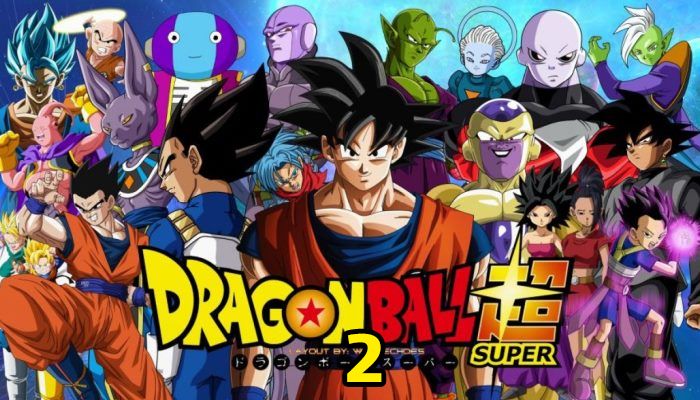
Akira Toriyama’s most well-known series and one of the best influential stories of all period, Dragon Ball, well-liked the height of success achievable by a manga job in the 1980s and 1990s within Shueisha’s Weekly Shonen Jump beside other heavy-slugger like Jojo’s Bizarre Adventure and Slam Dunk. The manga finished in 1996, but the animation enjoyed diverse glories past the peak, like the TV original Dragon Ball GT, and a great OVA released in 2008.
2013 unleash, Dragon Ball Z: Battle of Gods, was a canonic new episode in the series, and the abide by-up, Dragon Ball Z: Resurrection of F, announced the return of the beloved suffrage in anime shape in 2015. The representative manga began in June 2015, and it is drafted by lifelong supporter Toyotaro, whose job is overseen by Toriyama himself.
Fruits Basket
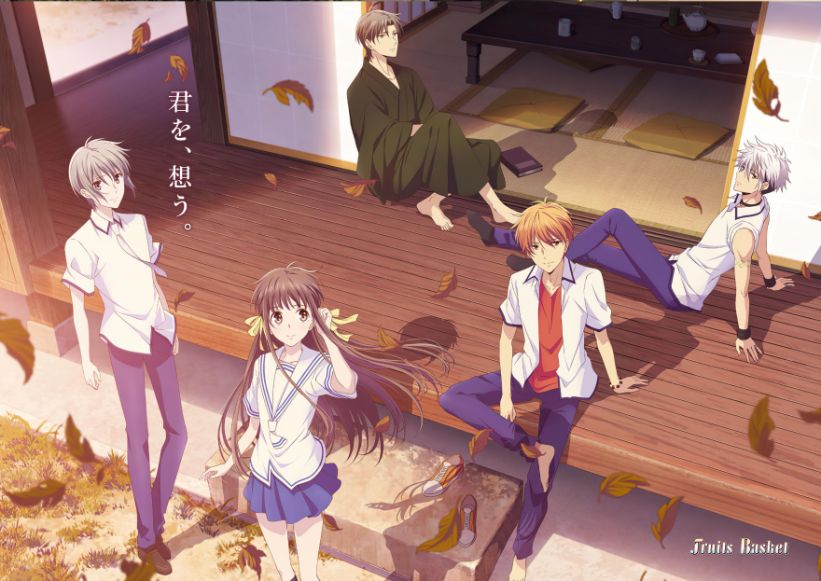
Being one of the exceptional romance and piece of life titles of the initial 2000s, Fruits Basket’s return in 2019 was enormous, and it is presently being hailed as one of the optimum stories in Anime time. This variant of Fruits Basket pursues the manga’s events to boot carefully and reflects the severity of the original narrative a lot more than the initial anime alteration.
From this reboot, Fruits Basket’s position in the anime commune and industry as vintage is emphasized, and this joins the tiny pantheon of animation to have original habituation and reboot that is as highly regarded; nonetheless, Fruits Basket 2019’s burst onto the scene is one of the best vigorous revivals of an anime series supporters could ever anticipate for.
Sailor Moon
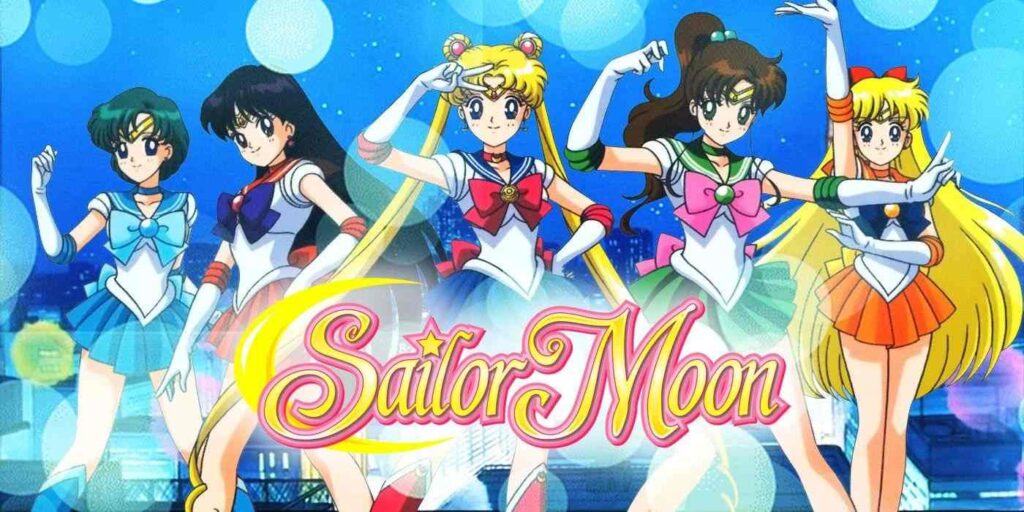
Naoko Takeuchi’s acclaimed magical girl title is possibly one of the most prestigious on this list. The enchanting genre, be it Anime or else, owes a great pact to this title, and its reinitiate, Sailor Moon Crystal, was formed to remember 20 years of suffrage. The first chapter aired in 2014, and this variant of the story is much fuller than the manga in footing of plot and portrayal than the 1992 anime was.
While fans considerably appreciated the proclamation of Sailor Moon’s return, the initial and later seasons of Sailor Moon Crystal were critiqued for haphazard pacing and very appreciable errors in Anime. Although this, the Anime ran for four periods, and a movie, Sailor Moon Eternal, was unlocked in 2021, being the first movie from the permit to be displayed in Japanese theatres for through 25 years!
Berserk (2016)
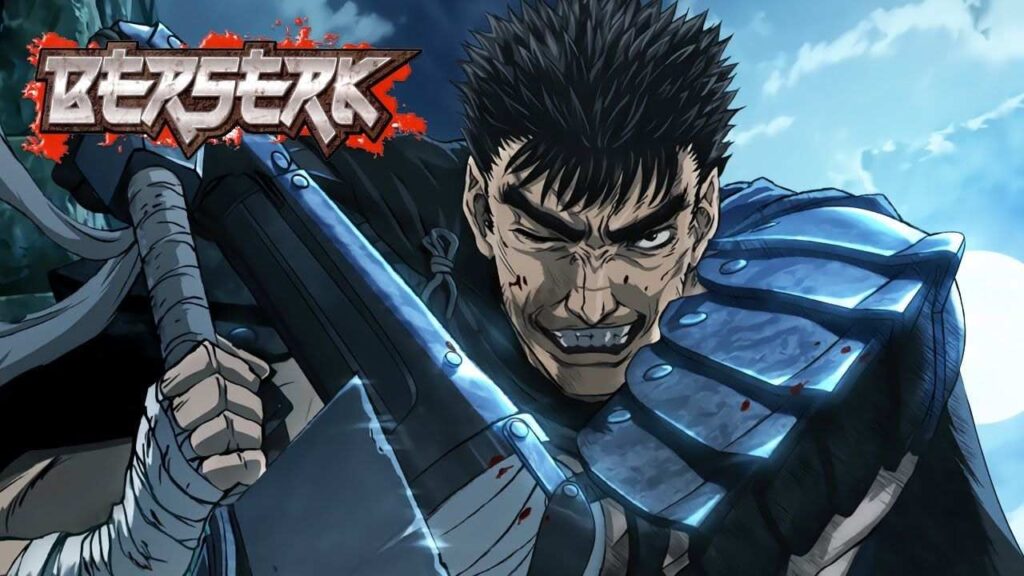
This one throes fans to talk around; in fact, if you requested a fan for Berserk, they’d be likely forthright you to the manga and the 1997 animation. Be that as it might, the return of Berserk over nearly 30 years, given that the last time it was tailored was a greatly projected moment in anime narrative because, at that matter, Kentaro Miura (rest in peace) had been functioning in the manga marshaling for 27 years.
So forthcoming out nearly 20 years following the official TV anime, Berserk 2016 was the follow-up and adapted the events after the notorious Golden Age arc.
The series endured poor CGI animation, which considerably dampened the experiment and the thrill of Berserk’s return. Sadly, Miura passed off without seeing a truly great and faithful alteration of his magnum opus, a smear that will continue in the anime sector forever.
Osomatsu
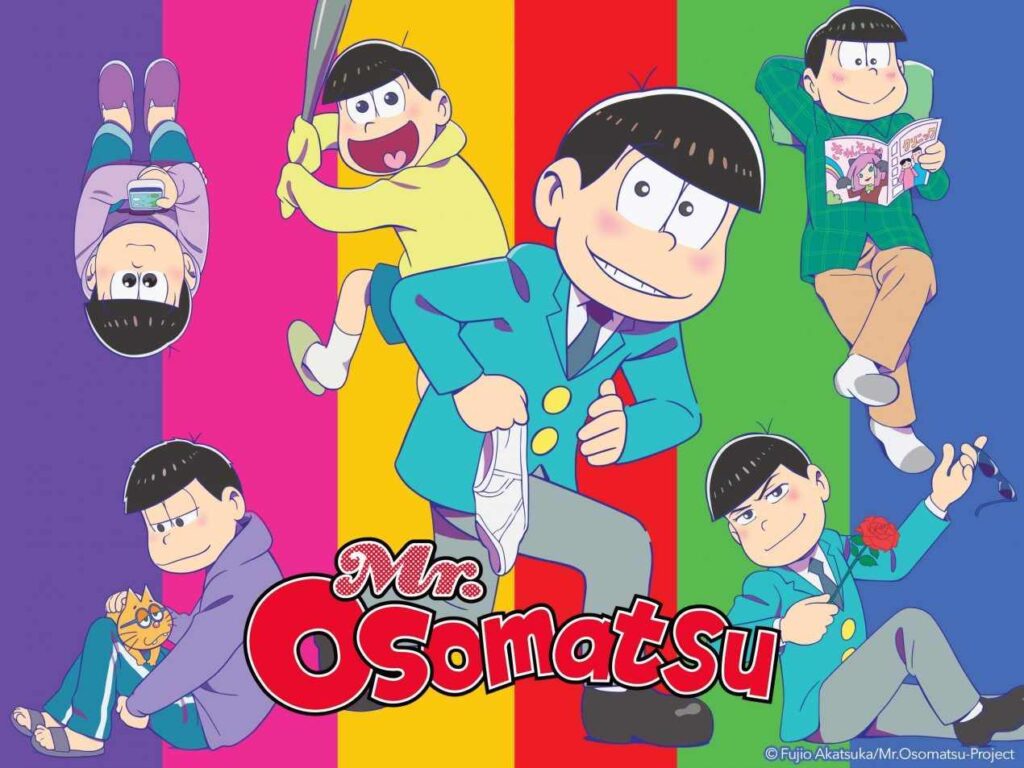
After 26 years of unavailability, this name returned with an initial episode that was grotesquely banned. To this time, you can’t get a valid stream of the first chapter of Mr. Osomatsu, and house versions have it superseded with an OVA. Osomatsu-san is the comply with-up to Fujio Akatsuka’s famed hit gag manga and animation, Osomatsu-kun (1962).
This series adheres to the Matsuno sextuplets’ daily being and has been a renowned anime title that made a complete generation giggle.
It has previously seen a reboot in the 1980s. However, this one is rather disparate. The reboot, or preferably, the sequel to the famous title, is drawn upon the lives of the sextuplets in their grown-up, with more grown-up themes, and was exempt in commemoration of the author’s 80th birthday in 2015.
The first incident was pulled since of copyright – in real gag anime mode, Osomatsu-san throws an excitement of references and Easter eggs away. The first bout hypothesizes that now that they’re here on TV in their adult age, the Matsuno bros feel a bit out-of-contact in the present-day day (“we’re an animation from the Showa Era, you people”) and need to number out a way advance for the brand-new Anime they’ve merely gotten greenlit. Therefore, they explore different well-known settings, such as Boys Over Flowers, Attack on Titan, Kuroko’s Basketball, and multiple other titles that grew immensely in renown in the brothers’ -long absenteeism!
Devilman: CRYBABY
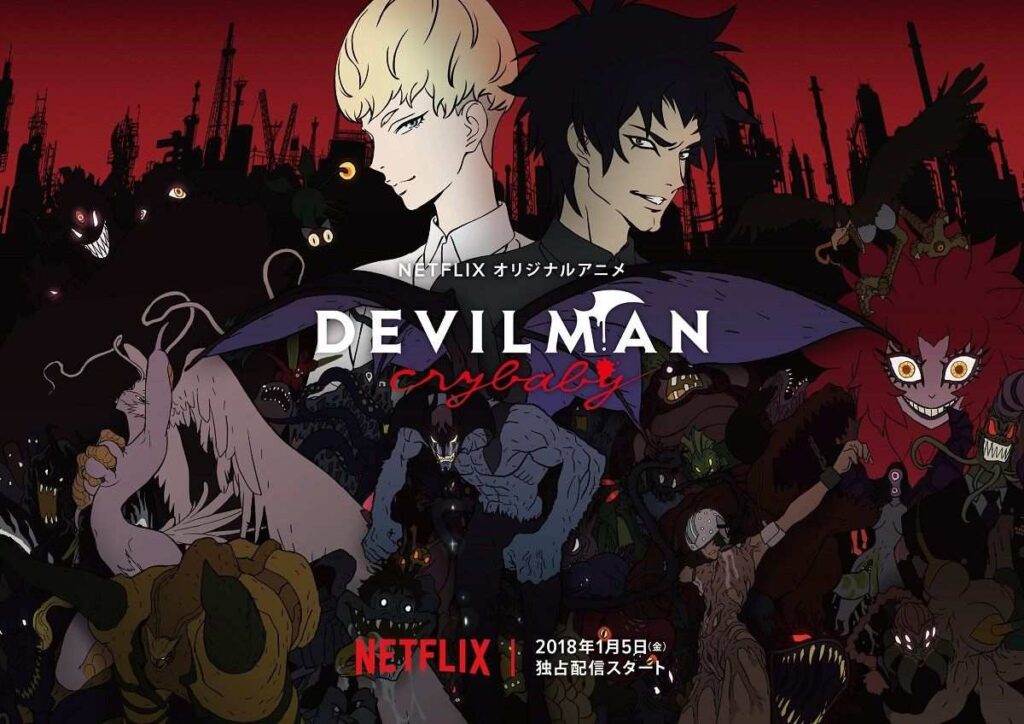
Devilman by Go Nagai is an influential manga from the 1970s that saw a re-emergence in 2018 when the ONA Devilman: CRYBABY was embarked by Netflix. The famous re-run, directed by Masaaki Yuasa (Japan Sinks, 2020), witnesses a similar story trajectory as a forerunner in a more contemporary setting.
This variant of the story is Yuasa’s construction of what Nagai would have been through had he not been limited by the Shonen demographic of the initial 1970s series. The effect is the gory, appalling tale of Devilman: Crybaby.
Megalo Box
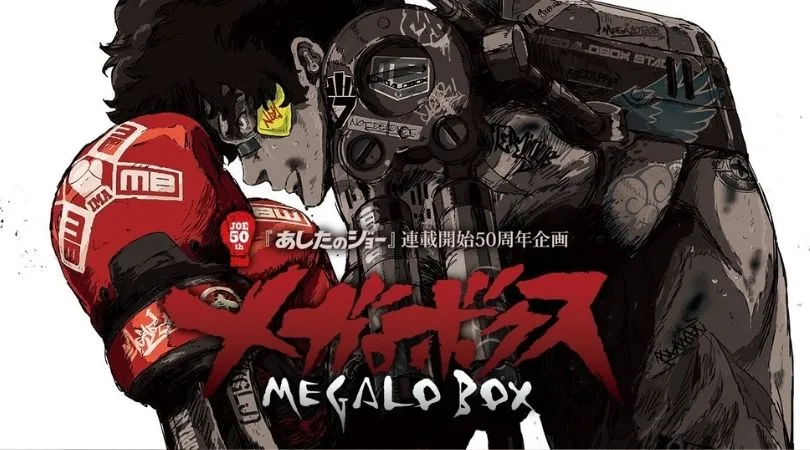
To celebrate 50 years since the propagation of the famed boxing manga, Ashita no Joe (Tomorrow’s Joe), drafted by Asao Takamori and exemplified by Tetsuya Chiba, the anime watch revival in the mode of Megalo Box, a modernistic boxing series that consider some of the initial work’s themes. In this string, athletes earl it out in the hoop while clad in highly high-tech exoskeletons are termed “Gear,” and the leading character, Junk Dog, is an underground warrior looking to defeat the defender of the glamorous Megalonia boxing contest.
The root series is one of the most famous Anime of all periods, and it spurred the ideas of the fresh leftist flow in Japan. The nominal protagonist, Joe, was watched as a paragon of the functioning class. His travel from nobody to saga remains the draft of several sports with shonen Anime. Yet, Joe Yabuki is not the central character in this series, but kind of, the story is spoken from the context of Junk Dog, who eventually assumes the title “Joe.”
Dororo
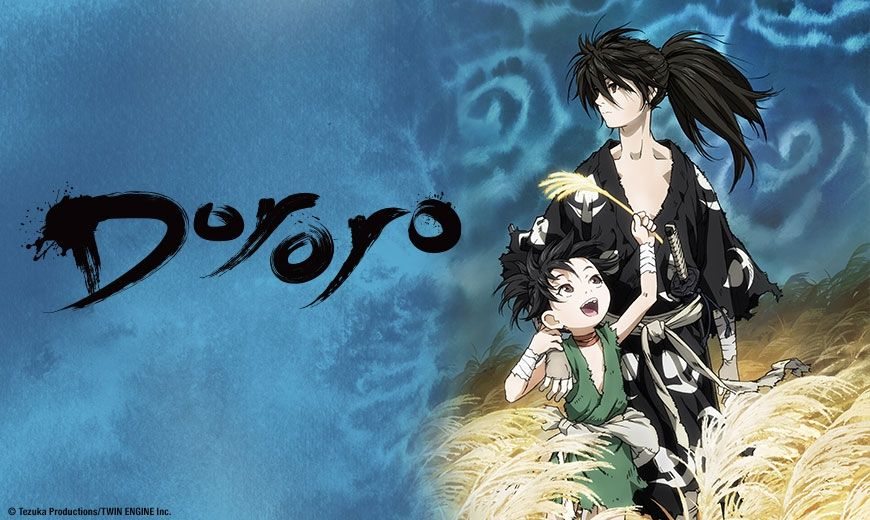
Dororo (2019) happen 50 years post the initial anime adaptation of Osamu Tezuka’s by a similar name. This new variant boasts the fantastic animation of its period and reflects Tezuka’s hallmark understanding and use of sentimental aspects to drive a story truly. With the initial animation released in 1969, there are substantial stylistic and guiding differences that make this variant of Dororo an honorable successor to, if not more effective than, the original.
This is by no avenue an exhaustive incursion into the multitude of reboots that have been an episode in Anime in recent ages but highlights a few of the bigger names to have made a yield. Recently, information about the return of the illustrious Anime City Hunter has produced rounds that develop the conception that this reboot era is an intriguing and somewhat fortuitous revival of the Golden Era of the 1980s and 1990s.
Fullmetal Alchemist: Brotherhood (2009 – 2010)
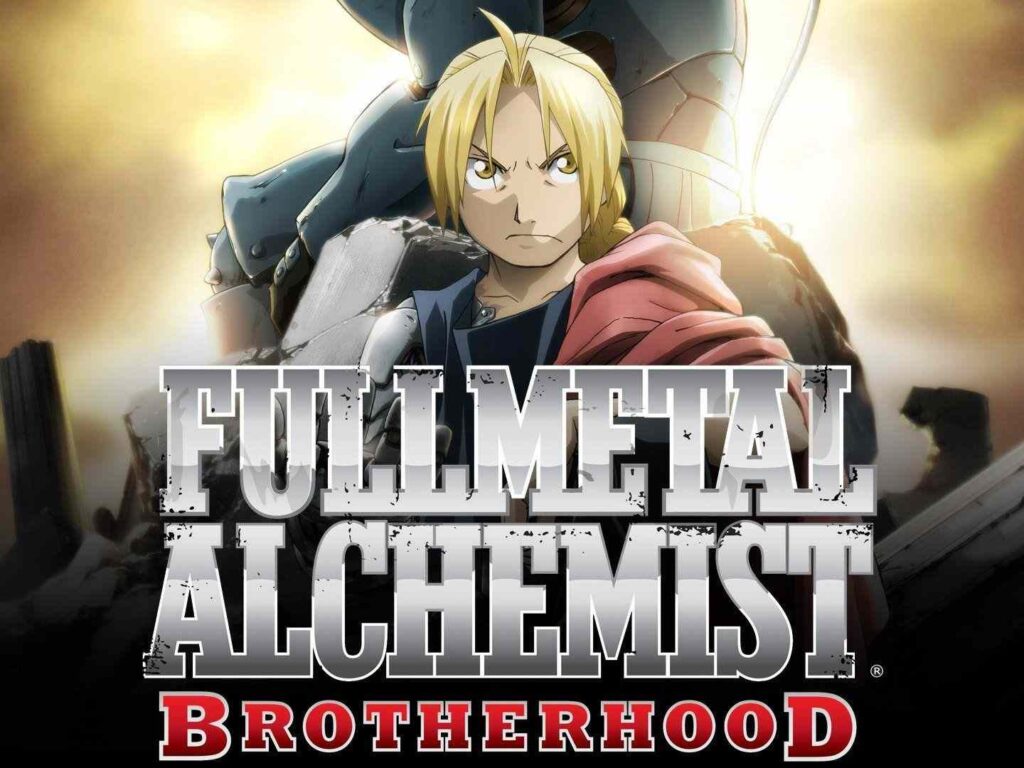
Deserted by their dad when they were children, two brothers, Edward and Alphonse, rose with their mum in a small town named Resembool.
Their frantic attempt to raise her goes erroneous after shedding their beloved mum to a terminal disease. Edward ends up forfeiting his right limb and left leg, even as Alphonse’s complete body is entirely obliterated, and his spirit is now stuck in armor.
Now, the duet must go to terrific lengths and ship out on a dangerous journey to find the mythical Philosopher’s Stone, which is alleged to help them recover their missing bodies. The initial 2003 anime series obey the manga’s ground for the first half of the string, then diverges toward its own story with a fundamentally different ending. Nonetheless, the modernized Fullmetal Alchemist: Brotherhood was exempt when the manga was approaching its completion and strictly adapted the plot from start to end.
Considering its irrepressible reign at the peak of My Anime List – the virtually popular anime-connected website – Fullmetal Alchemist Brotherhood is smoothly deemed the top-rated and one of the best critically well-known series.



![Black Clover: Top 15 Strongest Characters [Power Levels] – Power Comparison Black-Clover-anime-hubspot](https://www.animehubspot.com/wp-content/uploads/2022/03/Black-Clover-anime-hubspot-218x150.jpg)
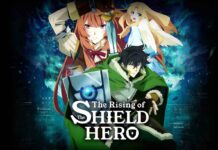
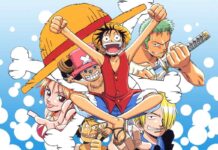





![Black Clover: Top 15 Strongest Characters [Power Levels] – Power Comparison Black-Clover-anime-hubspot](https://www.animehubspot.com/wp-content/uploads/2022/03/Black-Clover-anime-hubspot-100x70.jpg)

